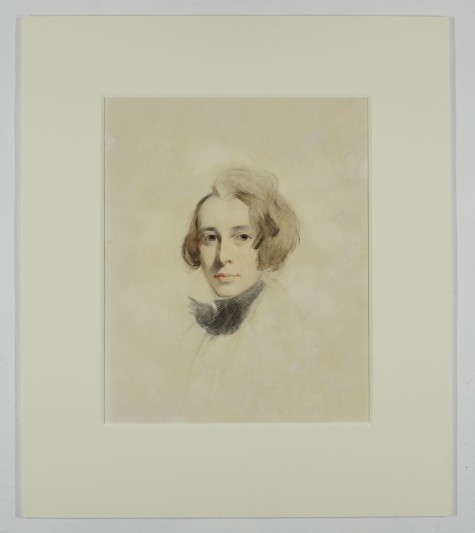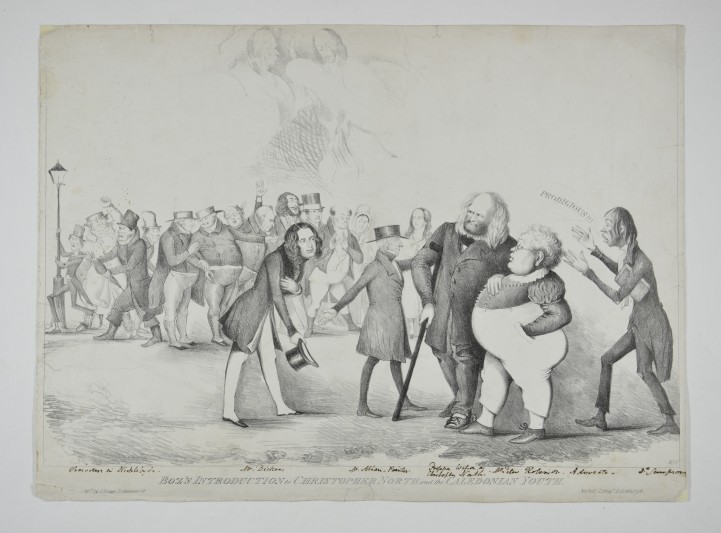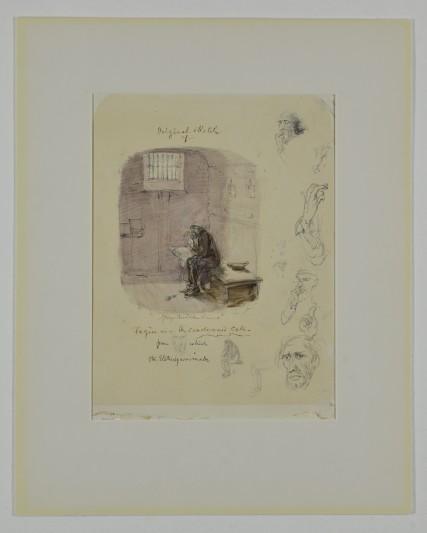In 2017, the Charles Dickens Museum was approached by a private collector in America and given a rare opportunity to consider acquiring material before the remainder of the collection was sold. The collection – which we believe was the largest private collection of Dickens material in the world – had been amassed over a period of 40 years.
We identified over 300 items including:
- 145 autograph letters by Charles Dickens, 25 of which are unpublished and a further 24 only partially published (in extract or summary);
- 54 manuscript items and autograph letters by others: this includes letters from family members, friends and associates, legal agreements, household accounts, and records of other domestic matters. Nearly all of this material is unpublished;
- 40 playbills, including several extremely rare notices for private theatricals at Dickens’s home, as well as ten rare American playbills;
- 25 books from Dickens’s own library, predominantly bound volumes of his weekly periodical All the Year Round;
- 33 artworks: original sketches and illustrations by significant Dickens illustrators George Cruikshank, Joseph Clayton Clarke (Kyd), and Frank Reynolds; original etching plates from first editions, and one rare lithograph;
- 6 personal items, including writing implements and jewellery.
With support from the Friends of the National Libraries, Art Fund, the National Heritage Memorial Fund, and the Dickens Fellowship, we have been able to repatriate significant Dickens material into a specialist museum open to the public, while enhancing and extending the Museum’s holdings.
The collection provides rich, new insights into the personal life of Dickens, adaptations of his literary output, and his work as a journalist and editor. It contains unpublished material that throws new light on familial, personal and business relationships – such as rare letters from his father John Dickens, detailed instructions to his butler about an imminent dinner party, and the only complete exchange of correspondence known to have survived.
It is impossible not to be moved by Dickens’s letter to the artist George Cattermole giving detailed instructions for the illustration of the death of Little Nell (The Old Curiosity Shop). It concludes: “I am breaking my heart over this story, and cannot bear to finish it”.
Philanthropy provides a strong theme and we have correspondence in which Dickens supports the work of Urania Cottage, a home for 'fallen women', a manuscript leaf from his essay on the work that the Hackfords were doing in their East London Hospital for Children and Dispensary for Women, and frequent references to help raise funds for fallen friends, artists and authors.
There is a lengthy unpublished letter from Lausanne, Switzerland, where Dickens and his family resided for eight months in 1846, in which he describes his travels, accommodation and environs, and making a start on Dombey & Son. In it, Dickens describes climbing a glacier, walking “on to a sea of ice, unfathomable in depth, five and twenty miles long, and tossed up into immense waves, like the spires of Gothic Churches! Picture me clambering over this, with a great leaping pole, and half a dozen iron points buckled on to the soles of my shoes, and washing my face with snow, and going down to drink melted ice like chrystal [sic], and staggering and hauling myself up into places like Dreams…”
Overall, this acquisition will bring outstanding material into a public collection where it can be accessed, researched and displayed, thereby extending the knowledge and appreciate of Dickens’s life and work.



